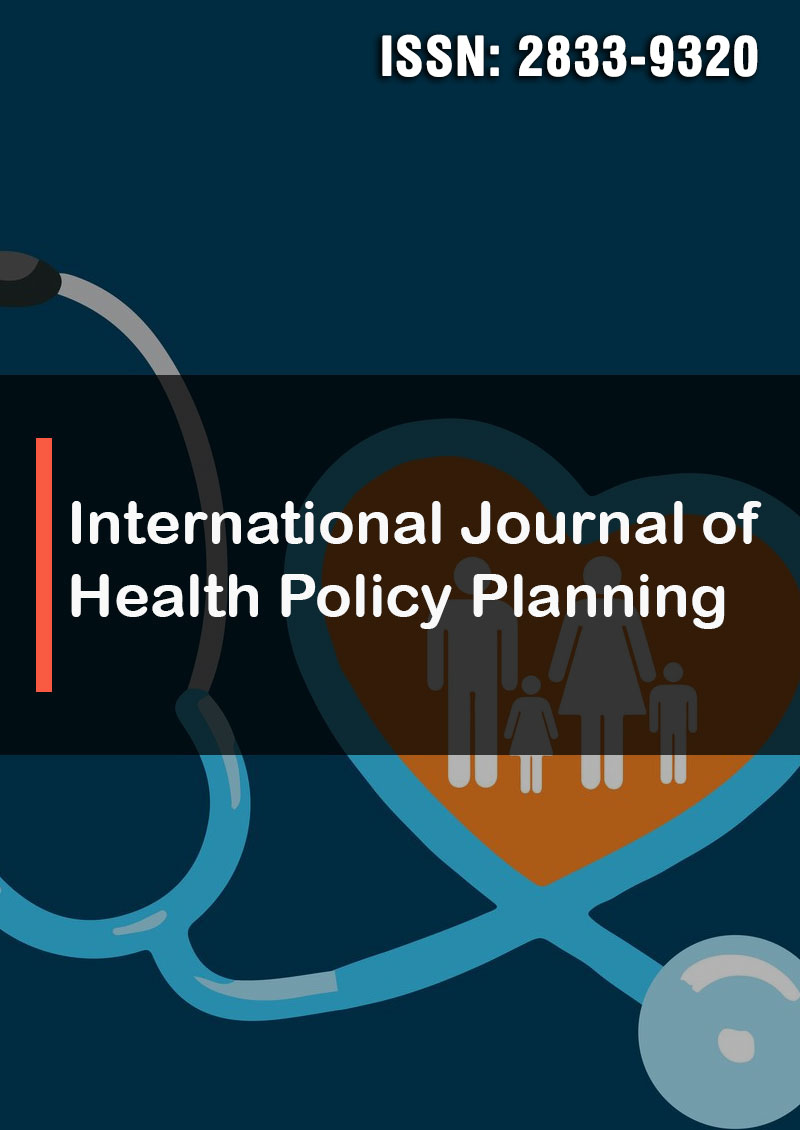The Reasons and Complications of Caesarean Sections: Section Study
Abstract
Musafer H Al Ardi
We can improve our knowledge of the factors influencing women's decisions to have a caesarean section rather than a vaginal delivery, slow the rise in the caesarean section rate, encourage mothers to have vaginal delivery, and provide practical solutions to health system planners through statistical analysis of the proportion of women who prefer caesarean sections.
This investigation is cross-sectional. It involved gathering information from 60 women (20–42 years old) who had given birth via caesarean section over four months, beginning in October 2022 and ending in January 2023.
The main reasons of a caesarean section were presence of a fibrous node (caused by previous caesarean sections that were repeated) at 16.67%, intrauterine foetal death at 15%, cervical stenosis at 8.33% , 8.33% of births were repeated due to obstructed labour; 6.66% of caesareans were carried out because the mother contracted or had her uterus removed in order to prevent having children.
This study found that there were many complications. The bleeding or anaemia cases accounted for the highest percentage of complications (20%), followed by high blood pressure (16.67%), high fever (10%), and either shortness of breath, blood clotting, urinary tract infection, or wound inflammation (10%).
The results of the current study indicated that the level of education, the employment of mothers, and the age of the pregnant were the most important social and demographic factors for increasing the rate of caesarean sections.




